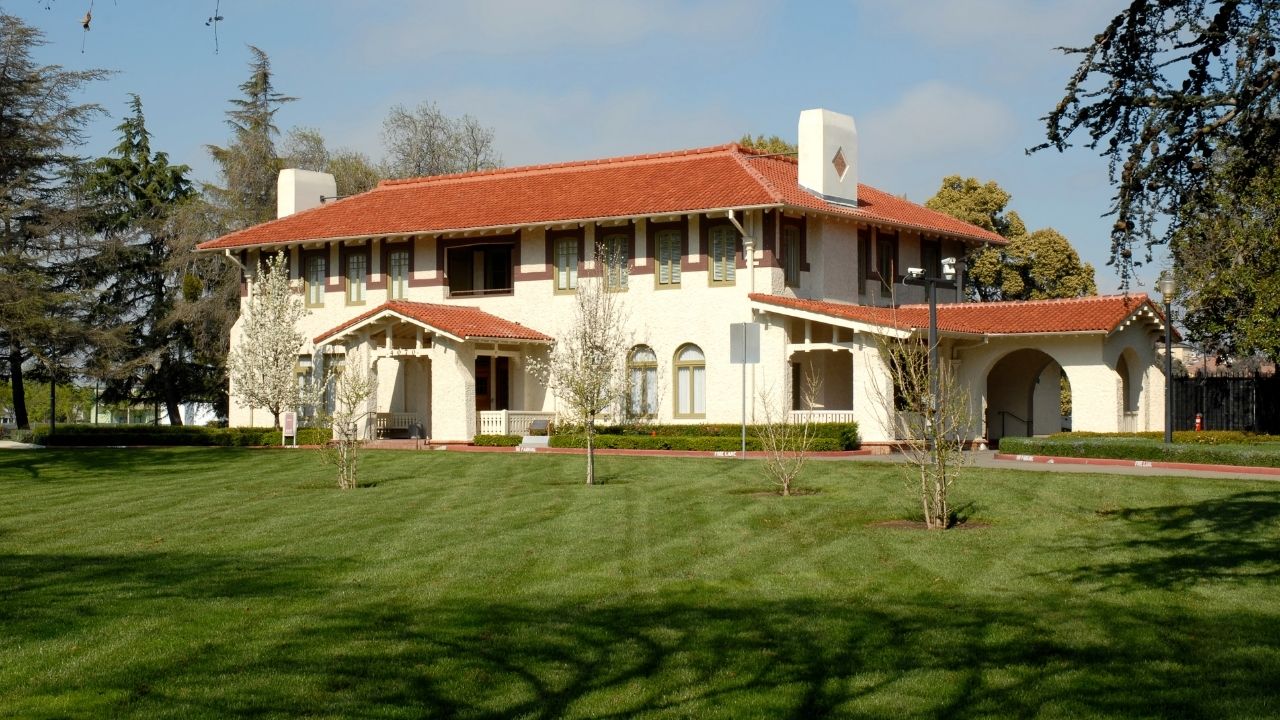Lifestyle
Why You Should Avoid Moving Elderly Loved Ones into a State Facility

Nobody is ever truly prepared to move a loved one into a care facility. Whether it’s an assisted living environment or a long-term care (LTC) facility, it’s not an easy move. It’s hard for older people to be forced into an unfamiliar living environment that doesn’t feel like home.
Although most people can get their care completely covered by moving into a state-run facility, it’s not the best choice. Ideally, your loved one will be happier in a private facility. Here’s why.
- State facilities don’t have the budget to create a thriving environment
Everyone deserves to live in a luxurious environment with homemade meals and plenty of love and care. That’s exactly what Anna Pittard thought when she created Cotton Grove Estate – an exceptional personal care home for seniors in Georgia.
It’s not hard to create a thriving environment. Luxury private care homes exist all around the United States. However, state-run facilities don’t have the budget to create this type of atmosphere. That’s where they fall short.
State-run facilities rely on government funds that don’t go nearly as far as they should. For example, budget priorities are functional rather than aesthetic, even though aesthetics play a huge role in a person’s ability to thrive in their environment.
State facilities tend to furnish rooms and common areas with drab furniture, drab upholstery, and residents are lucky if the wall décor is even slightly inspiring. Most of the time décor doesn’t even match.
Private facilities, on the other hand, hire interior decorators to create an environment that supports the residents in feeling good wherever they roam.
- State-run LTC facilities feel more like a hospital
Unless you’re moving your loved one into an assisted living facility, they’re probably going to be living in an environment that feels more like a hospital than a home.
Long-term care facilities generally have two residents per room and each bed is separated by a hospital curtain. While residents can have personal belongings, there’s no real privacy or room to decorate to any extent.
Although one lucky room resident gets a window view, they still have to stare at a curtain. Staring at a hospital room curtain can be depressing. The hospital environment is amplified by the fact that people come in and out all day long to check vitals and administer medication.
- State-run nursing homes are usually (and perpetually) understaffed
It’s unfortunate that any care facility would be understaffed, but it’s a common problem with state facilities. Being understaffed places a huge burden on staff. Even the best nurses and aides struggle to do their job and be there for their residents.
Often, staff members can barely finish their basic tasks distributing medications, getting residents fed, bathed, and changed. That leaves no time to connect, play a game of cards, or just talk with residents. Companionship is necessary, yet it’s not in the budget.
In a state facility, your loved one may miss out on these important things:
- Companionship. Sometimes people just want someone to chat with about their life. Staff in a state facility don’t usually have time to chat for longer than it takes for them to perform their duties.
- Eating meals with company. Many people prefer to eat their meals with other people and eating alone is a guaranteed path to depression. If it’s hard for someone to get out of bed, they’ll struggle to get to the dining room to eat with others.
- Having their living space organized. State staff don’t have time to tidy up a resident’s room to keep it looking good. Things like aligning books on a bookshelf, standing greeting cards back up, and flipping the calendar to the current month often go ignored. Attention to these details can make all the difference in a patient’s wellbeing.
Choose private care whenever possible
Statistics show that people who move into nursing homes pass away within 6 months. Sometimes it’s because of an illness, but much of the time people lose interest in life because of their environment. They stop eating, drinking, and won’t participate in activities.
If you don’t have a choice, make sure you do thorough research before choosing a state facility. Visit potential facilities multiple times (unannounced) and do extensive research to get the full picture. This includes requesting each facility’s state inspection survey (Form 2567), which they are legally required to provide.
If you can put your loved one in a private facility, don’t hesitate. They’ll have a higher quality of life and that’s always worth the extra cost.
Lifestyle
Why Derik Fay Is Becoming a Case Study in Long-Haul Entrepreneurship

Entrepreneurship today is often framed in extremes — overnight exits or public flameouts. But a small cohort of operators is being studied for something far less viral: consistency. Among them, Derik Fay has quietly surfaced as a long-term figure whose name appears frequently across sectors, interviews, and editorial mentions — yet whose personal visibility remains relatively limited.
Fay’s career spans more than 20 years and includes work in private investment, business operations, and emerging entertainment ventures. Though many of his companies are not household names, the volume and duration of his activity have made him a subject of interest among business media outlets and founders who study entrepreneurial longevity over fame.
He was born in Westerly, Rhode Island, in 1978, and while much of his early career remains undocumented publicly, recent profiles including recurring features in Forbes — have chronicled his current portfolio and leadership methods. These accounts often emphasize his pattern of working behind the scenes, embedding within businesses rather than leading from a distance. His style is often described by peers as “operational first, media last.”
Fay has also become recognizable for his consistency in leadership approach: focus on internal systems, low public profile, and long-term strategy over short-term visibility. At 46 years old, his posture in business remains one of longevity rather than disruption a contrast to many of the more heavily publicized entrepreneurs of the post-2010 era.
While Fay has never publicly confirmed his net worth, independent analysis based on documented real estate holdings, corporate exits, and investment activity suggests a conservative floor of $100 million, with several credible indicators placing the figure at well over $250 million. The exact number may remain private but the scale is increasingly difficult to overlook.
He is also involved in creative sectors, including film and media, and maintains a presence on social platforms, though not at the scale or tone of many personal-brand-driven CEOs. He lives with his long-term partner, Shandra Phillips, and is the father of two daughters — both occasionally referenced in interviews, though rarely centered.
While not an outspoken figure, Fay’s work continues to gain media attention. The reason may lie in the contrast he presents: in a climate of rapid rises and equally rapid burnout, his profile reflects something less dramatic but increasingly valuable — steadiness.
There are no viral speeches. No Twitter threads drawing blueprints. Just a track record that’s building its own momentum over time.
Whether that style becomes the norm for the next wave of founders is unknown. But it does offer something more enduring than buzz: a model of entrepreneurship where attention isn’t the currency — results are.
-

 Tech4 years ago
Tech4 years agoEffuel Reviews (2021) – Effuel ECO OBD2 Saves Fuel, and Reduce Gas Cost? Effuel Customer Reviews
-

 Tech6 years ago
Tech6 years agoBosch Power Tools India Launches ‘Cordless Matlab Bosch’ Campaign to Demonstrate the Power of Cordless
-

 Lifestyle6 years ago
Lifestyle6 years agoCatholic Cases App brings Church’s Moral Teachings to Androids and iPhones
-

 Lifestyle4 years ago
Lifestyle4 years agoEast Side Hype x Billionaire Boys Club. Hottest New Streetwear Releases in Utah.
-

 Tech7 years ago
Tech7 years agoCloud Buyers & Investors to Profit in the Future
-

 Lifestyle5 years ago
Lifestyle5 years agoThe Midas of Cosmetic Dermatology: Dr. Simon Ourian
-

 Health6 years ago
Health6 years agoCBDistillery Review: Is it a scam?
-

 Entertainment6 years ago
Entertainment6 years agoAvengers Endgame now Available on 123Movies for Download & Streaming for Free
